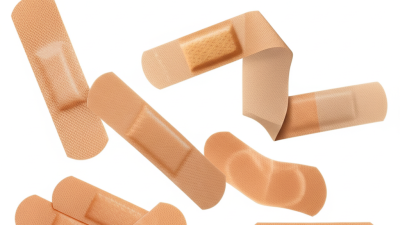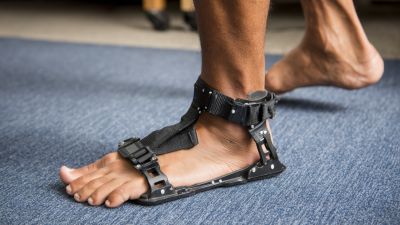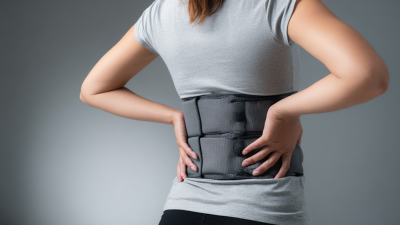Unlocking Mobility: How Innovative Leg Braces Enhance Recovery and Performance in Athletes
In recent years, the field of sports medicine has witnessed significant advancements in the development and application of leg braces, which play a crucial role in enhancing recovery and performance among athletes. According to the Global Market Insights report, the leg braces market is projected to exceed $2.3 billion by 2027, driven by an increasing awareness of sports injuries and the need for effective rehabilitation solutions. This growing trend underscores the importance of innovative leg braces designed to provide stability, support, and facilitate quicker recovery times, thereby allowing athletes to perform at their best.
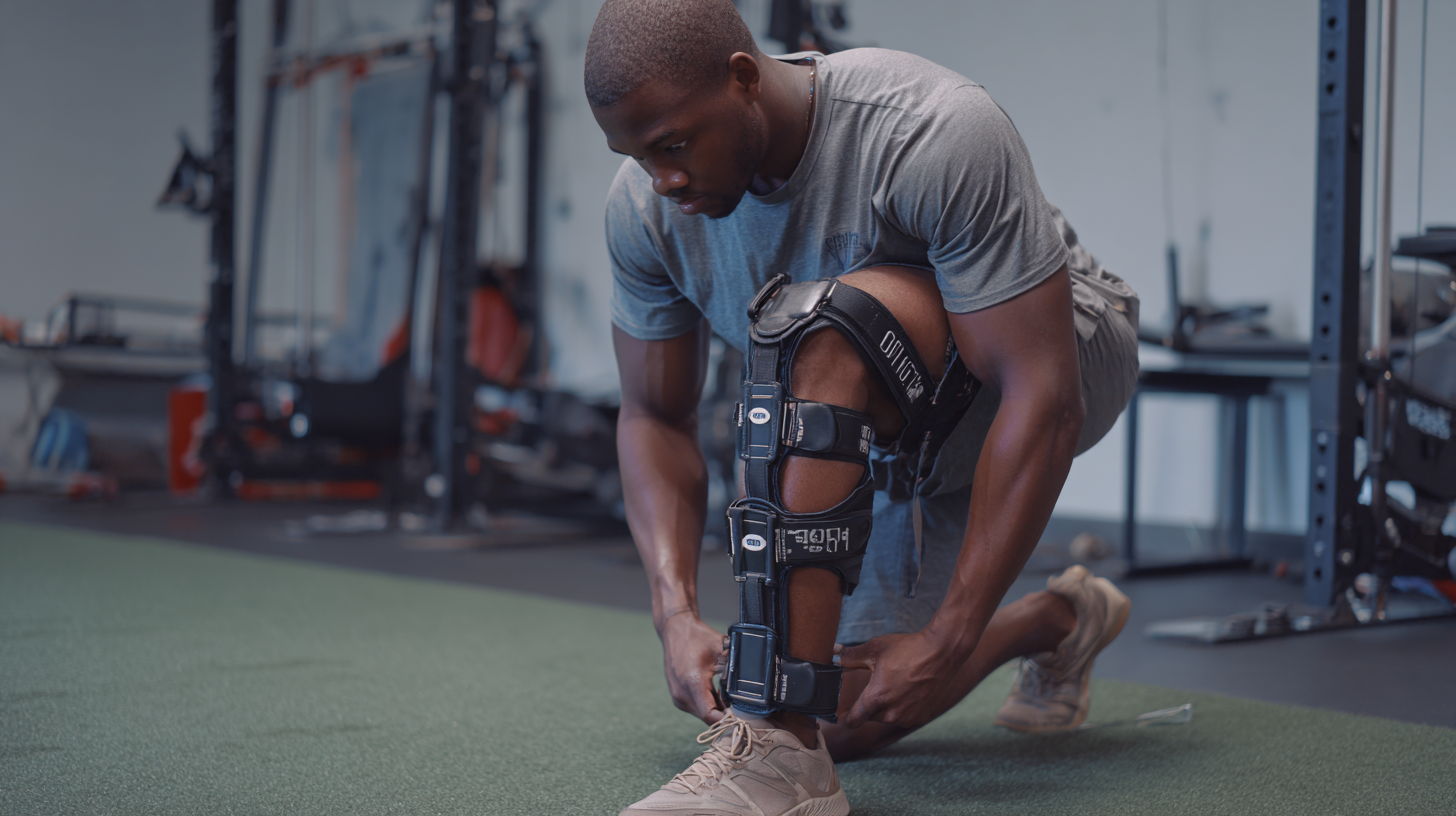
Dr. Emily Johnson, a renowned sports orthopedic specialist, notes, "The integration of advanced materials and biomechanical designs in leg braces not only aids in injury recovery but also empowers athletes to push their limits safely." Her insight highlights how modern leg braces have evolved from mere support devices to essential tools in an athlete’s performance toolkit. By leveraging cutting-edge technology, these braces are increasingly customized to meet the unique needs of each athlete, ensuring optimum comfort and efficacy during training and competition.
As we delve into the nuances of this transformation, it becomes evident that innovative leg braces are unlocking new possibilities in athletic performance, reshaping the way injuries are managed, and empowering athletes towards greater achievements in their respective sports.
Innovative Materials in Leg Brace Design for Enhanced Support
The rapid advancement of materials science has led to remarkable innovations in leg brace design, significantly enhancing support for athletes recovering from injuries. Modern leg braces, crafted from lightweight yet durable materials such as carbon fiber and thermoplastics, provide the necessary stability without compromising mobility. These innovative materials allow for a more customized fit, enabling better integration with the athlete's body, which in turn fosters quicker recovery times and improved performance levels.
**Tips for Choosing a Leg Brace:**
When selecting a leg brace, consider the specific type of material used. A brace made from breathable materials can help regulate temperature and moisture, ensuring comfort during prolonged use. Additionally, look for braces that offer adjustable features, as they can accommodate changes in swelling and provide a tailored level of support throughout the recovery process.
Not only do these advanced leg braces enhance functionality, but they also contribute to an athlete's mental resilience. The integration of cutting-edge technology, including smart sensors that track movement and provide feedback, can further empower athletes by helping them monitor their progress in real time. Investing in a high-quality leg brace can lead to more efficient rehabilitation and greater confidence in returning to the sport.
Unlocking Mobility: How Innovative Leg Braces Enhance Recovery and Performance in Athletes
| Material |
Support Type |
Weight (grams) |
Flexibility |
Recovery Time Reduction (%) |
| Carbon Fiber |
Dynamic Support |
350 |
High |
25 |
| Thermoplastic |
Custom Fit |
500 |
Medium |
20 |
| Composite Materials |
Reinforced Support |
400 |
High |
30 |
| Neoprene |
Compression Support |
200 |
Low |
15 |
Customizable Features: Tailoring Leg Braces to Individual Athlete Needs
Innovative leg braces are redefining the landscape of athletic recovery and performance enhancement. The evolution of these devices has made it possible for athletes to access customizable features that cater specifically to their unique needs. By utilizing advanced materials and design techniques, manufacturers can create braces that provide optimal support and stability while allowing for a greater range of motion. This customization is essential, as every athlete has different physical requirements based on their sport, injury history, and body mechanics.
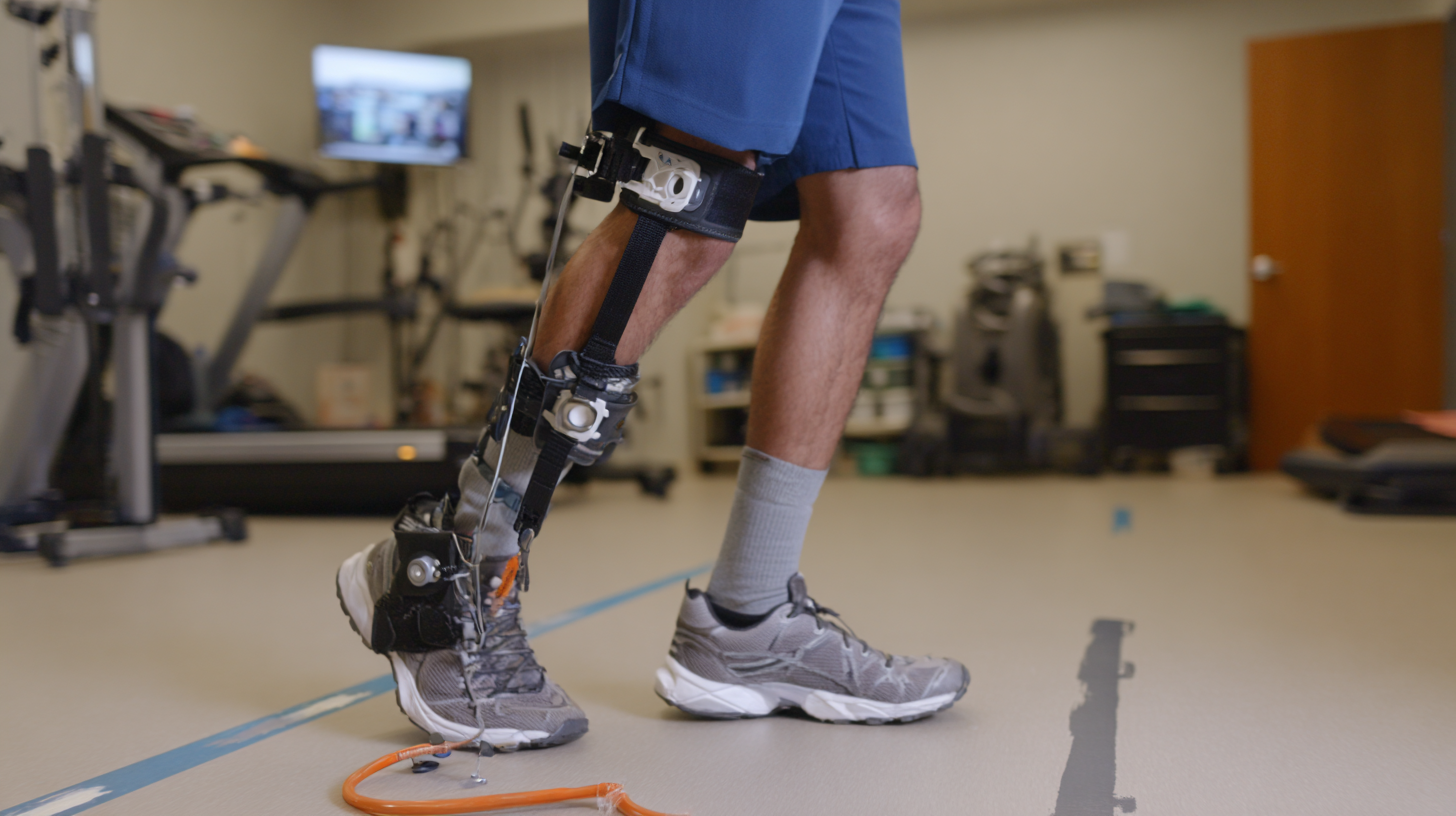
The adjustable components of modern leg braces enable athletes to tailor the fit and function according to their personal preferences and performance goals. Features such as adjustable straps, varying levels of stiffness, and interchangeable supports can be modified to enhance comfort and effectiveness. Moreover, these innovations do not just assist with recovery from injuries; they also serve as proactive measures to improve performance, helping athletes to push their limits safely and effectively. Ultimately, the personalization of leg braces empowers athletes, fostering resilience and enabling them to achieve their highest potential in their respective sports.
Impact of Leg Braces on Injury Recovery Times and Rehabilitation
Leg braces have rapidly evolved into essential tools for athletes recovering from injuries, significantly impacting rehabilitation timelines. As seen with high-profile cases like Tiger Woods, who has navigated numerous injuries throughout his career, the right leg brace can facilitate a more efficient recovery process. Innovations in brace technology not only provide stability and support but also enhance mobility during rehabilitation, enabling athletes to regain strength and confidence more quickly.
In the context of professional sports, such as the NFL, players like Tyreek Hill and Kirby Dach have faced similar challenges. Their injuries, including dislocated knees and repeated surgeries, underscore the importance of tailored recovery plans supported by advanced leg braces. These devices can reduce pain and promote healing, allowing athletes to return to play sooner while minimizing the risk of re-injury.
**Tips:**
1. When selecting a leg brace, consult with a healthcare professional to ensure it meets your specific needs and injury type.
2. Incorporate a well-rounded rehabilitation program that includes physical therapy alongside brace usage to address mobility and strength simultaneously.
3. Monitor your comfort level and adjust the brace as needed; proper fitting is crucial for maximizing its benefits during recovery.
Impact of Leg Braces on Injury Recovery Times and Performance Enhancement
Performance Boost: How Leg Braces Improve Athletic Output
Innovative leg braces are rapidly transforming the landscape of athletic performance enhancement. Recent studies highlight the profound impact of these technologies on power output. For instance, research shows that grunting during explosive movements can significantly increase energy exertion, leading athletes to harness greater strength and speed. This synergy between biomechanics and innovative practices underscores the vital role that leg braces play in optimizing recovery and performance.
Moreover, advancements such as exoskeleton suits exemplify the future of athletic training. Athletes wearing these supportive devices have demonstrated remarkable speed increases, completing sprints nearly one second faster than without them. This illustrates the potential of mechanical aids to augment natural abilities, paving the way for both enhanced athletic output and reduced injury recovery times. With cutting-edge designs continuously evolving, the future of athletic performance looks not only promising but also accessible to athletes of all levels seeking to improve their capabilities.

Real-Life Success Stories: Athletes Thriving with Innovative Leg Braces
Athletes facing challenges due to injuries or physical limitations are increasingly turning to innovative leg braces that significantly enhance their recovery and performance. These cutting-edge devices are not only designed to provide support but also promote optimal biomechanics.
For instance, Sarah, a sprinter who suffered a severe knee injury, found her path to recovery transformed after using a lightweight, carbon-fiber leg brace. This brace not only stabilized her knee but also allowed her to train effectively without the fear of reinjury.
Sarah’s story is just one of many where technology has become a vital ally in an athlete's journey back to peak performance.
Another inspiring example is that of Tom, a basketball player who dealt with chronic ankle instability. After integrating a specially designed ankle brace into his training, Tom reported a significant improvement in his agility and confidence on the court. The brace enabled him to execute moves he once avoided, transforming both his gameplay and his standing with the team.
These real-life success stories highlight the tangible benefits that innovative leg braces offer, enabling athletes not just to recover but to thrive in their sports, showcasing resilience and determination in every step they take.

Home
About Us
Products
Videos
Download
News
FAQ
Blog
Contact Us



